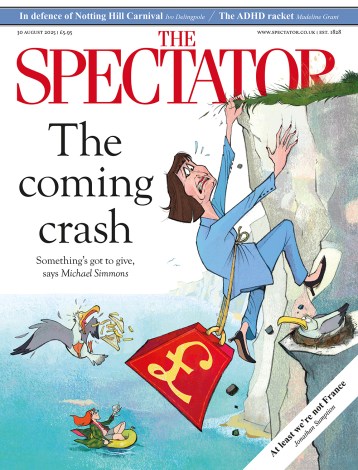A cross-cultural crisis
If you were a Martian, whiling away the time on an intergalactic beach holiday by reading an account of the Cuban missile crisis, you could be forgiven for dismissing it as wildly implausible fiction. All the blockbuster ingredients are there: the clash of superpowers, one led by the clean-cut American hero, the other by the fat Ukrainian with bad teeth, the military hardware amassing in the Caribbean (nice location), the split-second timing, not to mention the prospect of the end of the world. As a setting for a novel it’s worthy of a Robert Harris-style humdinger, called, no doubt, Cuba, or Missile, or even just Crisis. Instead, rather surprisingly, here
